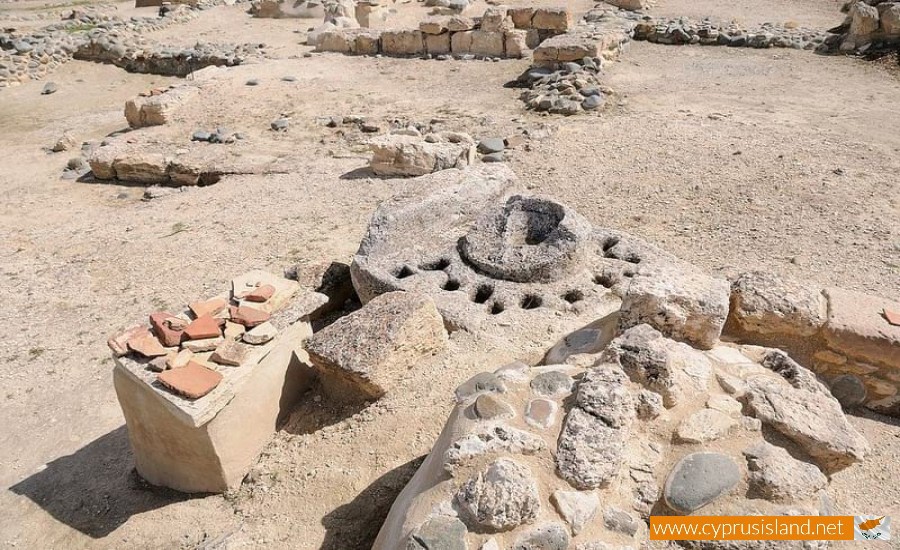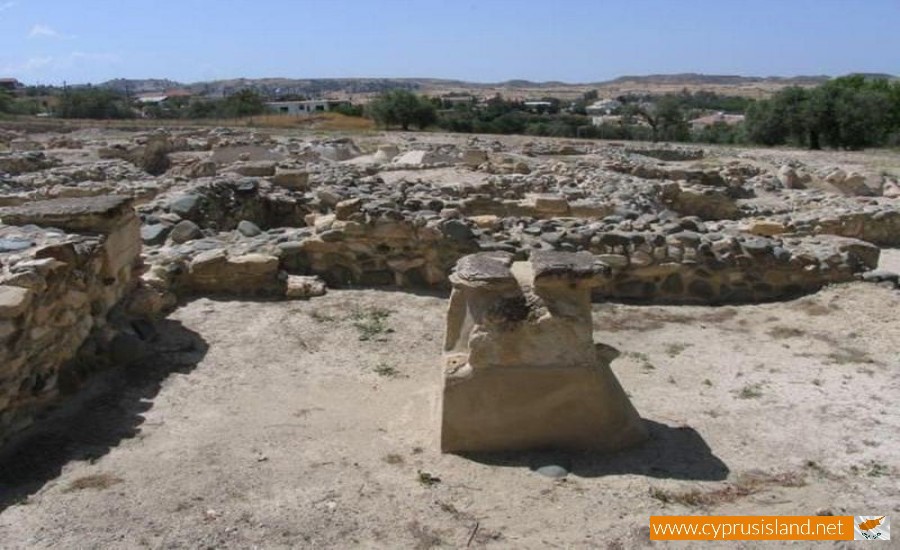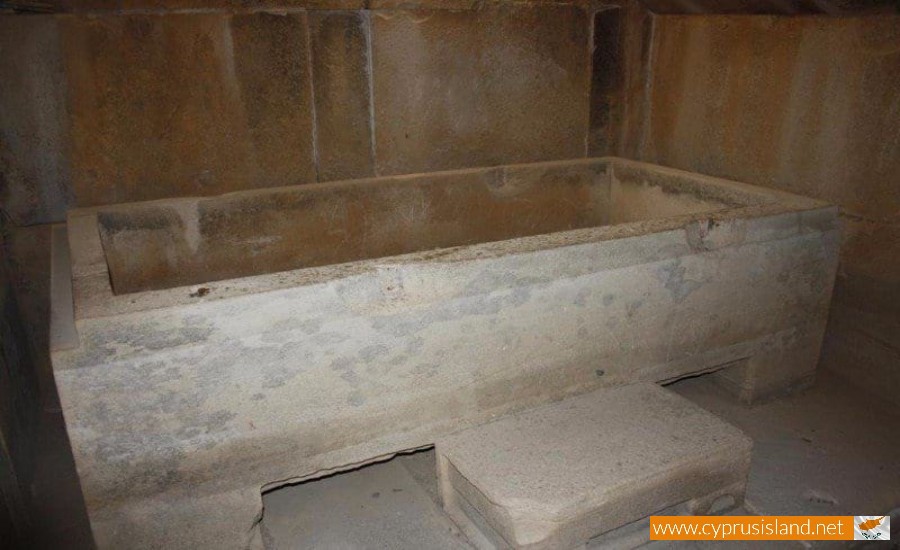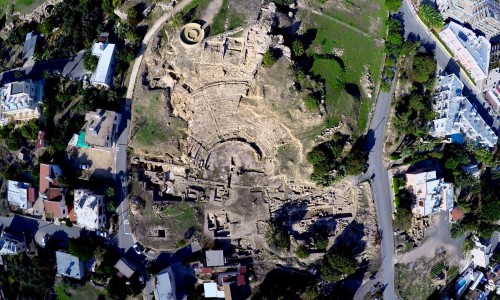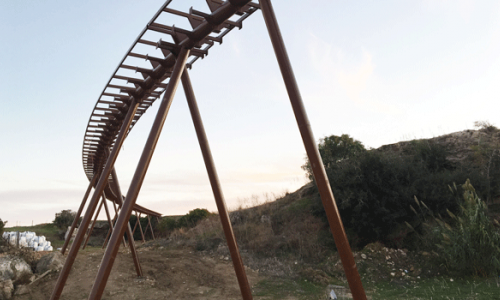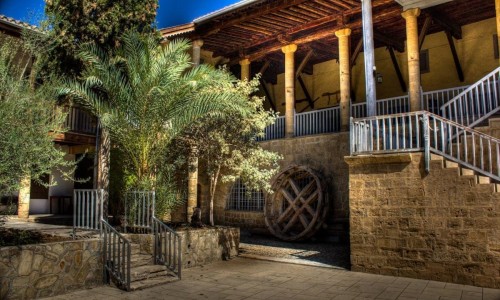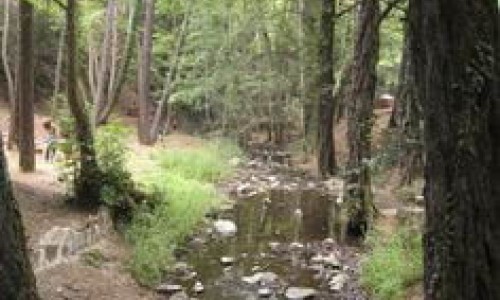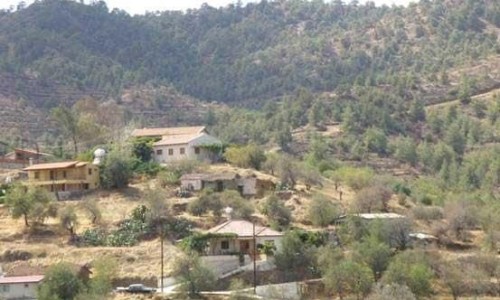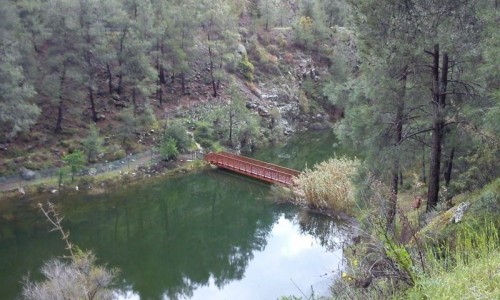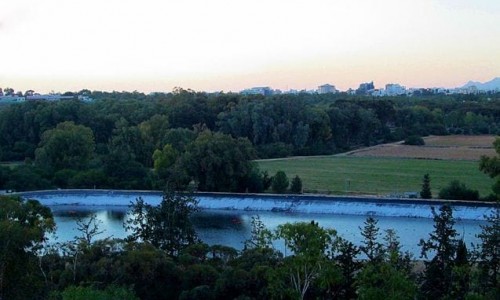Tamasos Archaeological Site
Just a short drive south of Nicosia, nestled between the modern villages of Pera Orinis and Politiko, lies one of Cyprus’s most underrated archaeological treasures: the ancient city-kingdom of Tamasos. Far from the crowds of Kourion or Paphos, Tamasos offers a quiet yet powerful connection to the island’s ancient past—where temples, tombs, and myths lie beneath the soil of the Mesaoria plain.
Though still partially excavated, the Tamasos Archaeological Site tells a compelling story of royalty, religion, and trade, and offers a rare opportunity to walk through the legacy of a city that once rivaled Cyprus’s greatest city-kingdoms.
A City of Kings and Copper
Tamasos was one of the ten major city-kingdoms of ancient Cyprus, flourishing between the 8th and 4th centuries BCE. Its strategic inland location—unusual for a Cypriot kingdom—was no accident. Tamasos sat near rich copper deposits, and its economy thrived on mining and metalwork.
In the ancient world, Cyprus was renowned for its copper (in fact, the very name “Cyprus” is linked to “cuprum”, Latin for copper), and Tamasos was a key contributor to this fame. Artifacts unearthed here—tools, ornaments, and votive offerings—suggest a city of wealth, influence, and skilled craftsmanship.
Sanctuary and Worship: Temples of Aphrodite and Apollo
Religious life in Tamasos centered around the worship of Aphrodite, Apollo, and Athena—reflecting a cultural mix of Cypriot, Greek, and Near Eastern traditions. Although the temple ruins are fragmentary today, excavations have revealed:
- Large stone foundations that hint at once-impressive structures
- Terracotta figurines, some dating back to the Geometric and Archaic periods
- Evidence of ritual activity, including altars and ceremonial pits
Tamasos's sanctuary of Aphrodite is especially significant. This was no coastal shrine like her famous sanctuary in Palaipaphos, but a rural inland site, revealing how widespread her cult truly was.
The Royal Tombs of Tamasos
Perhaps the most dramatic part of the site is the Royal Tombs—two monumental burial chambers carved into limestone. These 6th-century BCE tombs reflect Phoenician and Egyptian influences, with their monumental ashlar masonry, dromoi (sloping entrances), and carefully constructed chambers.
Inside, archaeologists have found:
- Carved stone sarcophagi
- Rich grave goods: jewelry, metalware, and imported pottery
- Iconographic elements showing artistic ties with Egypt and the Levant
The tombs are among the most impressive examples of pre-Hellenistic burial architecture in Cyprus, and stand as silent witnesses to the wealth and cosmopolitan character of Tamasos’s elite.
The Urban Fabric: Walls, Roads, and Workshops
Excavations at the site have revealed portions of the city walls, residential areas, and industrial zones. Though much remains unexcavated, findings suggest a well-planned urban center with streets, fortifications, and specialized quarters for metalworking and pottery.
In fact, traces of smelting facilities and slag heaps provide direct evidence of the city's economic engine: copper production. This industrial strength, coupled with fertile lands and proximity to the Pedieos River, would have sustained a vibrant and independent city-state for centuries.
A Kingdom Remembered in Myth and Text
Tamasos is mentioned in several ancient sources:
- Strabo, the Greek geographer, referred to Tamasos as a wealthy city known for its copper.
- The Assyrian Prism of Esarhaddon lists “Tamesi” (Tamasos) among the kings of Cyprus who paid tribute to Assyria in the 7th century BCE.
- Herodotus hints at its connections to the Phoenicians and regional trade.
The city’s legacy also endures in local legend, where tales speak of hidden treasures and sacred springs, and even a forgotten Aphrodite grove near the riverbanks.
Visiting the Site Today
Though still undergoing conservation and study, the Tamasos Archaeological Site is open to the public and increasingly accessible.
What You’ll See:
- The Royal Tombs, including their preserved masonry and reconstructed access paths
- Parts of residential structures, wells, and workshops
- Informational signs (in Greek and English) with historical context
- Beautiful views across the agricultural plain of Mesaoria
Best Time to Visit:
- Spring and autumn are ideal, with mild temperatures and green surroundings.
- In summer, visit early in the day to avoid the midday heat.
Getting There:
- The site lies just outside Politiko village, about 20 km southwest of Nicosia.
- Ample parking is available, and the roads are in good condition.
Nearby Attractions:
- Machairas Monastery – a 12th-century monastic jewel in the nearby mountains
- Ayios Herakleidios Church – said to be built over the saint’s grave, with deep spiritual significance
- Cypriot villages like Politiko and Pera Orinis, offering traditional tavernas and handmade goods.
Why Tamasos Matters Today
While Tamasos may lack the polished presentation of sites like Kourion or Salamis, it offers something arguably more profound: raw authenticity. This is a site where archaeology is still unfolding, where you can witness Cyprus’s past quite literally being uncovered, one layer at a time.
Tamasos reminds us that power in antiquity didn’t always come from the coast—that inland cities could be rich, artistic, and central to the island’s identity. It stands as a testament to Cyprus’s role as a cultural crossroads, shaped by Greeks, Phoenicians, Egyptians, and native Cypriots alike.
The Tamasos Archaeological Site is a place of quiet power—one where history, nature, and myth come together in understated harmony. It may not boast towering theatres or tourist shops, but for those willing to explore off the beaten path, it offers something richer: a glimpse into the soul of ancient Cyprus.
Walk its dusty paths, stand before its tombs, and feel the echo of a kingdom that once thrived under the sun-soaked skies of the Mesaoria.
District : | Nicosia |
Operation hours : | Winter hours (16/9 – 15/ 4) : Monday – Friday : 8.30 – 16.00 Saturday – Sunday : Closed Summer hours ( 16/4 – 15/9 ) : Monday – Friday : 9.30 – 17.00 Saturday – Sunday : Closed |
Entrance Fee : | €2,50 |
Telephone : | 22622619 |
Access: | No disability access available |


